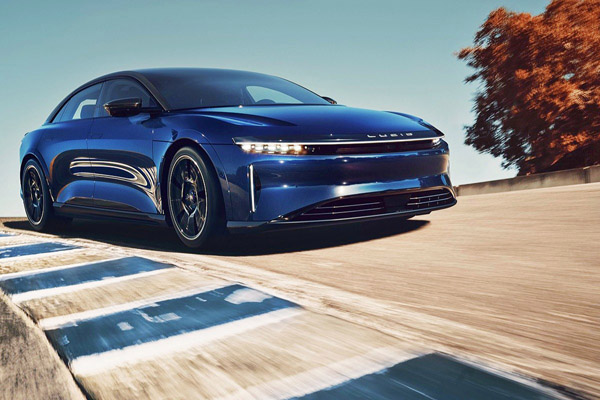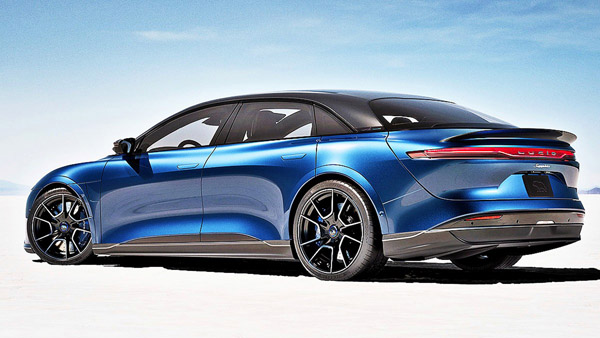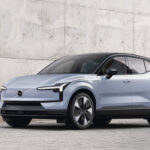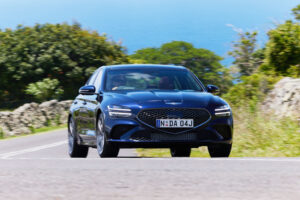
Lucid Air Sapphire
If you Can’t Beat ‘Em, Join ‘Em.
Never has that famous maxim rung truer than with Aston Martin’s announcement that it will
be powering its future electric vehicles with technology from California EV maker Lucid. In
fact, Aston is promising to launch its first fully-electric EV by 2025 and expect it to be a
doozy – anything less would be a waste of time.
Until now, the British sports car maker, renowned as 007’s car of choice, has been
somewhat tardy about joining the electric revolution – but that’s all about to change.
The company says an agreement with the Lucid Group will help propel Aston Martin’s
high-performance electrification strategy and its long-term growth, as part of its wider
Racing. Green. sustainability strategy.
It will see an investment of more than two-billion pounds in advanced technologies over
the next five years, as the company switches from internal combustion to battery-electric
power for its vehicles.
Access to Lucid’s current and future powertrain and battery technology will be at the centre
of Aston Martin’s all-new in-house Battery Electric Vehicle (BEV) platform.
We’re talking 800kW+ and four-wheel torque vectoring with Lucid’s soon-to-be-released
tri-motor Air Sapphire boasting an astounding 895kW.

Lucid Air Sapphire
Lucid’s Wunderbox charge tech can add 483km driving range in as little as 20 minutes.
Aston Martin’s Chief executive, Lawrence Stroll, said the supply agreement with Lucid is a
game changer for the future EV-led growth of Aston Martin.
An all-new bespoke platform, developed by Aston Martin, will form the basis of the
company’s entire future electrified model range – from hypercars to sports cars, GTs and
SUVs – the first of which is targeted for launch in 2025.
Before then Aston Martin will deliver its first plug-in hybrid – the mid-engined Valhalla
supercar – in 2024 and by 2026, all new Aston Martin model lines will feature an electrified
powertrain option, with the long-term objective for its core range to be fully electrified by
2030.
Mercedes-Benz, meanwhile, will continue to provide Aston Martin access to a range of
world-class technologies, including powertrain and electric/electronic architectures for
current and future generation Aston Martin vehicles, including internal combustion engine,
hybrid and electric vehicles.
Mercedes-AMG supplies the M177 4.0-litre twin-turbo V8 for the current Vantage, DB12
and DBX.
Active aerodynamics and drag reduction are expected to play an increasingly significant
part in enhancing the efficiency and extending the range of any given BEV model.
Likewise intelligent powertrain management will extract the most kilometres from each
charge, performance for longer being the overriding objective in every area of Aston
Martin’s BEV development.
Sleek, wind-cheating bodywork, no longer needing to feed air to a hungry internal
combustion engine, will play its part.
Active cooling vents and airflow management around the wheel arches and underbody will
work to reduce the impact of wide tyres required to transmit the immense power and
immediate torque delivery of the battery-electric powertrain.











